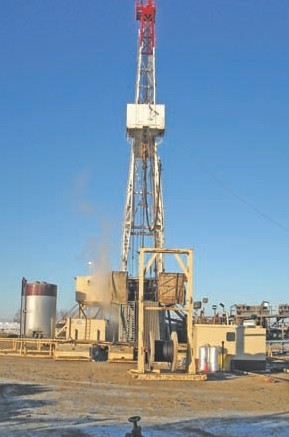VANCOUVER — Potash One (KCL-T) has converted its Legacy project resource into reserves in advance of a feasibility study for the project due out soon.
The Legacy project is in Saskatchewan, adjacent to the world’s largest producing potash mine, Mosaic’s (MOS-N) Belle Plaine mine, and it is starting to fit in well with its neighbour. The project now boasts reserves sufficient to carry a mine through 47 years of production.
Those reserves now stand at 135.8 million reserve tonnes grading 28.9% potassium chloride (KCl), contained on the assigned crown lands and leased freehold areas that are all part of the KP-289 permit area and that are within the radius of influence of the six recently drilled holes. If the exploration permit is converted to a mine lease, an additional 4.7 sq. km of crown land would become available to Potash One. The additional acreage has reserves totaling 24.5 million tonnes, which would be enough to extend the mine life to 56 years.
And the project also hosts additional resources: 80.1 million indicated tonnes grading 27.1% KCl and 859.4 million inferred tonnes averaging 26.9% KCl. If the mine were to be developed, the geological information derived from the solution mining wells would be used to upgrade the resources to reserves. As Potash One says, “the KP-289 permit area has the potential to support a continuing mining operation well into the next century.”
The new reserve numbers will be in the Legacy feasibility study, which is expected out shortly.
All of the upwards pressures on potash — BHP Billiton’s (BHP-N) bid for Potash Corp. of Saskatchewan (POT-T, POT-N) and rising wheat prices being the foremost pressures — have helped Potash One’s share price double since mid-July, rising from $2 to the $4 range. But on news of the reserve update Potash One lost 35¢ to close at $3.60. The company has 84 million shares outstanding.


Be the first to comment on "Potash One defines reserve at Legacy (November 01, 2010)"